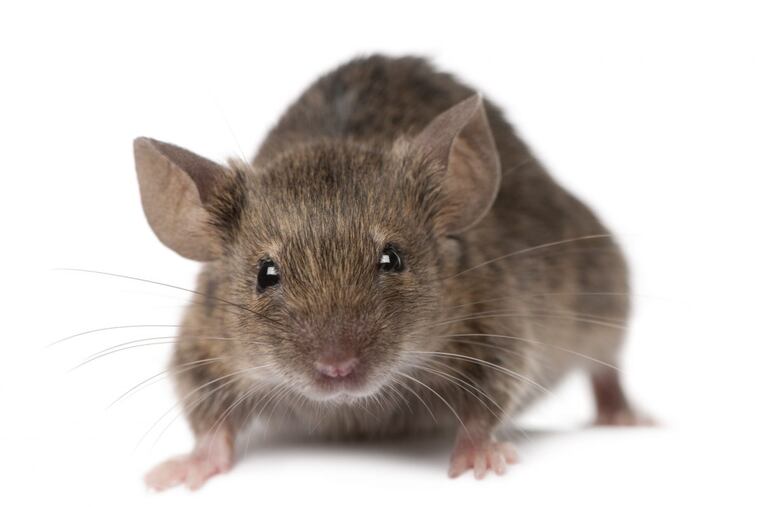Comcast's latest thing: Helping Victor's wireless rodent traps send kill alerts
The tech giant is joining with the Victor mousetrap company to build a better mousetrap, one that sends alerts when a rodent is killed.

The iconic Victor mousetrap company — the one with the cartoonish-looking but effective trap that smashes the head of unsuspecting pests — is using a Comcast Corp. network to launch a mesh of wirelessly connected rodent traps in food warehouses, supermarkets, offices, schools and restaurants.
The battery-powered traps, about the length of a shoe box, zap rats or mice with electricity and then sends an alert on the downed rodent over a new Comcast wireless network, called machineQ. Building supervisors or pest-control contractors monitor the kills on an app.
For a company whose core trap hasn't changed much over the last century, Victor has been innovating with products that have gone from props in the Roadrunner cartoon to something out of Blade Runner 2049.
Victor calls it: "Connected pest control."
The company expects its new VLink product to be available later this year, marking another example of how digital tech is spreading into all corners of the U.S. economy, even furry ones. Woodstream Corp., which manufactures and markets pest control products for rodents and insects, says it believes that VLink will make rodent-killing more efficient for businesses. Someone doesn't have to physically check every trap. An Applebee's might have 20 traps, while a food warehouse could have 300.
And it comes as Baltimore, Philadelphia and Washington have reported troubling levels of rodents.
If a customer photographs a rat and broadcasts it over social media, it could become a PR catastrophe for a business. "You could have a photo of a rat scampering across your countertop go viral," said Tom Daly, Woodstream's senior director of strategic technology. "You want to avoid that."
Comcast, meanwhile, is positioning its machineQ network, now available in 15 Comcast markets, to handle more nitty-gritty logistical and tracking functions for a wide range of businesses. France's Adveez uses the network to track luggage haulers, fuel trucks and food-catering transport vehicles while the Alabama-based Neptune Technology Group uses it to read water meters.
Another machineQ client is Chicago-based CareBand Inc. Its wristband tracks the movements of dementia patients who have a tendency to drift away from homes or living facilities. Adam Sobol, CareBand's chief executive officer, said there are 5.3 million older Americans living with dementia, and 60 percent of those tend to wander. "If you are not right there, they are gone," he said. He expects the product to hit the market later this year.
Woodstream Corp. which owns Victor, is a privately held Lititz, Pa. company with 500 employees.
The company already sells reusable battery-powered WiFi-enabled mouse and rat traps at Home Depot and Ace Hardware stores for homes. Woodstream's "WiFi Mouse" costs about $50 and takes four AA batteries (the classic spring-loaded wooden trap costs about $1). "WiFi Rat" takes four C-size batteries and costs $70. Peanut butter or other food lures the rodents into the enclosed trap. They are zapped and sensors send news of the kills through the WiFi network to smartphone apps, telling homeowners the traps need to be cleaned.
"It's a little more of a humane kill because it's an instant kill," said Ashley Brown, Woodstream's senior marketing manager.
Daly said that the VLink system — which will cost $50 to $100 when launched, possibly in the third quarter — could be a game-changer with 500 kills to one set of four batteries for the professional pest-control businesses and buildings owners.
"We expect it to be a power tool instead of disposable trap," said Daly. He said the pricing could change to a subscription model.
In recent months, Woodstream has been testing VLink in Pennsylvania and other states, gathering data.
For instance, a study conducted by someone else found that traps made more kills about 3 a.m. That was later connected with trucks coming into a shipping dock in the early morning; when the doors opened, rodents jumped into a facility.
Many commercial pest traps are checked only periodically. But the connected traps can tell building and restaurant owners if there is a sudden surge in mouse and rat activity,.
"When it comes to building the best mousetrap," said Daly, "we probably have the best engineers in the world."